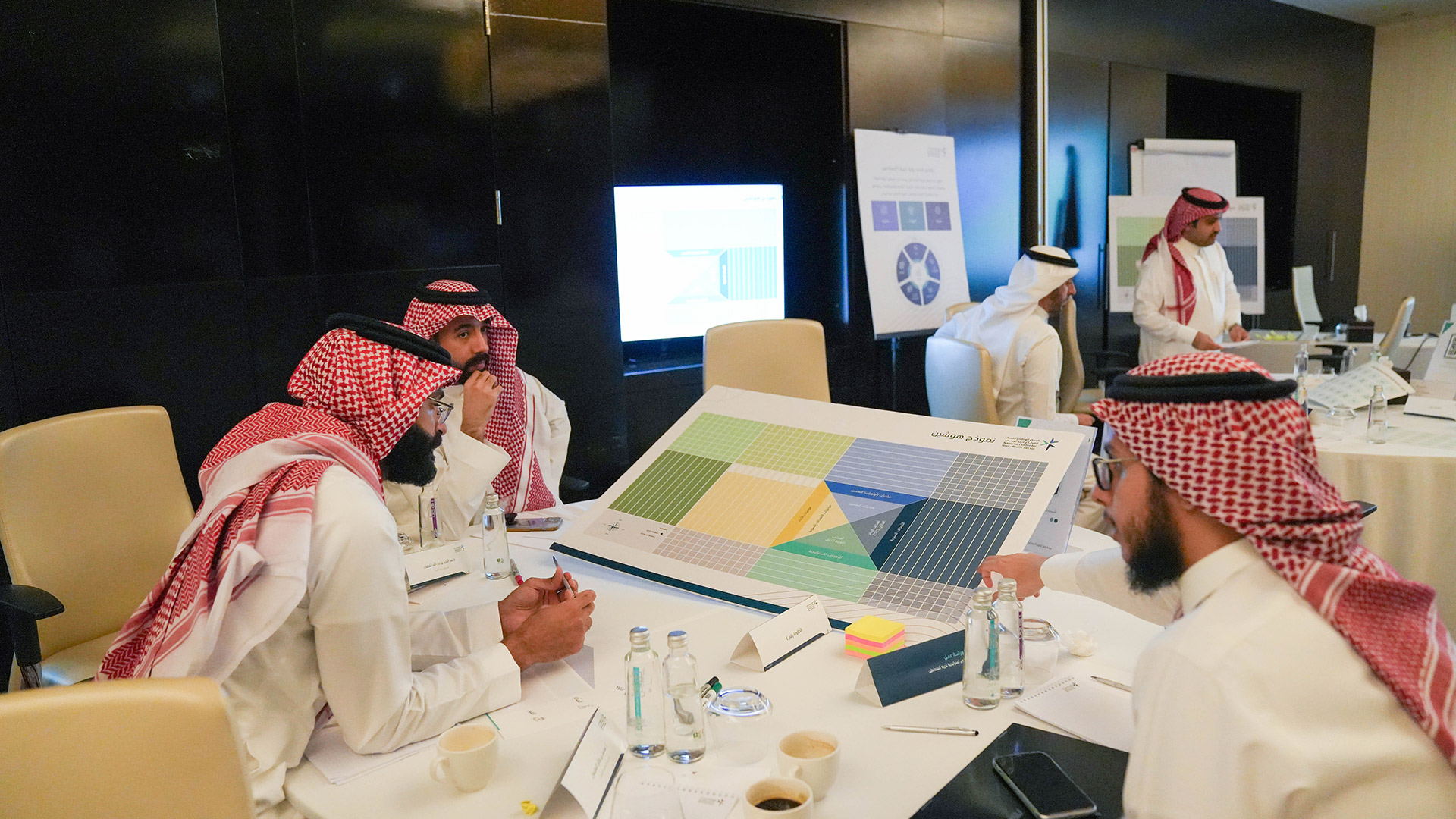REVAI™
Readiness Assessment • Enablement • Value Creation
REVAI™
Turning AI Vision into Sustainable, Measurable Impact.
Constituent Elements of REVAI™
01
REVAI™ Drivers
Strategic levers—maturity assessments, governance, ethics, sectoral solutions, ROI measurement, and change management—that guide organizations to adopt AI responsibly, maximize impact, and sustain transformation.
02
Kaizen D³ Change Model
The core engine of REVAI™, guiding AI transformation through three stages: Discover opportunities, Design tailored strategies and architectures, and Deliver scalable, measurable, and sustainable impact.
03
REVAI™ Enablers
Practical tools—AI models, big data platforms, IoT integration, governance frameworks, and impact dashboards—that empower organizations to implement, scale, and sustain successful AI transformation initiatives.
Kaizen D³ Change Model

-
- Current State Assessment: Evaluate maturity, governance, and data landscape.
- Benchmarking & Best Practices: Compare against global standards and local leaders.
- Opportunity Identification: Highlight sector-specific, high-value AI use cases.
- Gap Analysis & Recommendations: Define gaps, risks, and an initial improvement roadmap.
- Strategic Alignment: Define AI vision, objectives, and link to business priorities.
- Target Operating Model: Build governance, structures, and resourcing for AI execution.
- Solution Architecture & Roadmap: Design technical blueprints and prioritize scalable AI use cases.
- Validation & Readiness Check: Test feasibility, refine strategies, and confirm organizational preparedness.
-
- Pilot & Deployment: Launch and test prioritized AI use cases in controlled settings.
- Integration & Scaling: Embed solutions into enterprise systems and expand organization-wide.
- Adoption & Change Enablement: Train teams, engage stakeholders, and build cultural alignment.
- Impact Measurement & Continuous Improvement: Track KPIs, measure ROI, and refine approaches for sustainability.
REVAI™ Drivers

1. Strategy & Maturity Frameworks
2. Data Governance & Ethics Models
Build comprehensive data strategies, design governance frameworks compliant with local regulations (NDMO), and assess ethical impact to ensure responsible AI use.
3. Sectoral Solution Design Approaches
Develop customized solutions for vital sectors (health, finance, energy, smart cities) using machine learning, deep learning, and computer vision models.
4. Impact & ROI Measurement Models
5. Enablement & Change Management Methodologies
REVAI™ Enablers

1. Machine Learning Model Suite
2. Big Data & IoT Platforms
3. Governance & Ethics Tools
4. Impact & Performance Measurement Platforms
5. Change Management & Capability Development Tools
How REVAI™ Works?
REVAI™ Success Model in Steps
Phase 1 — Mobilize & Architect
-
- Goal: Establish governance, operating model, and technical foundation (AI-Accelerator™ platform).
- Scope: Define roles, align REVAI™ Drivers/Enablers, confirm KPIs/taxonomy, set data stewardship, configure assessment technologies.
- Exit Gate: Mobilization charter approved, KPI dictionary validated, governance policies active, dashboards configured.
Phase 2 — Discover & Benchmark
-
- Goal: Assess organizational AI maturity, capabilities, and opportunities.
- Scope: Conduct baseline maturity assessments, benchmark against local/global standards, identify sectoral opportunities and gaps.
- Exit Gate: Discovery report delivered with opportunity map, maturity gaps, and priority recommendations.
Phase 3 — Design & Strategize
- Goal: Shape AI strategy, governance, and operating model.
- Scope: Define AI vision, target operating model, roadmap, and solution architecture; validate use cases.
- Exit Gate: Endorsed AI strategy, roadmap, and business case approved by leadership.
Phase 4 — Deliver (Pilot & Deploy)
-
- Goal: Implement pilots and validate impact.
- Scope: Execute prioritized pilots, measure adoption and ROI, refine governance and models.
- Exit Gate: Pilot solutions deployed with performance validated against KPIs.
Phase 5 — Scale & Institutionalize
-
- Goal: Expand AI solutions across enterprise and embed into systems.
- Scope: Scale pilots, integrate into operations, expand governance frameworks, build enterprise-wide adoption.
- Exit Gate: Organization-wide rollout completed, AI embedded into core processes.
Phase 6 — Continuous Improvement & Benefits Realization
-
- Goal: Sustain transformation and maximize value.
- Scope: Monitor ROI, refresh strategy, drive continuous improvement, enhance talent development.
- Exit Gate: Benefits tracked on dashboards, continuous improvement cycle operational, future initiatives aligned to new opportunities.